Review of Blue Angel, The: Special Edition
Introduction
Based on a novel by Heinrich Mann (called Professor Unrath), The Blue Angel deals with the humiliation and breakdown of a stuffy professor. Emil Jannings plays an inhibited, overbearing teacher who gets worked up about his students visiting Lola Lola (Marlene Dietrich), a singer at the Blue Angel club. He goes to the club to put a stop to it but instead falls for her smouldering sexuality (you probably would too if you happened upon Dietrich straddling a chair crooning "Falling in Love Again"). Knowing an easy mark when she sees one, Lola Lola seduces the teacher, marries him, humiliates and ultimately destroys him.
Regardless of its merits as a film, “The Blue Angel” is guaranteed cinematic immortality as the film that introduced the world to Marlene Dietrich.
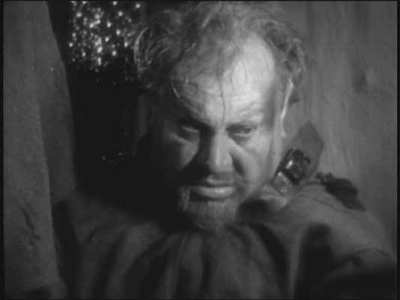
Video
The Blue Angel is 70 years old and it hasn’t worn well. The image quality is appalling, being subject to pretty much every blemish imaginable. It is watchable but only just.
The film isn’t particularly exciting visually (except Marlene Dietrich’s thighs, of course) but there are some nice scenes. The shadows on the wall aping Nosferatu are particularly effective.
The sub-titles are a bit annoying. They are burnt in using a particularly noxious yellow but occasionally the fade and blend into the main image.
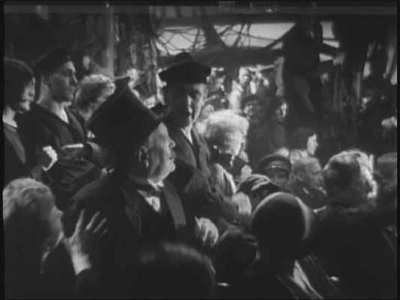
Audio
A mono soundtrack as expected and the quality is extremely poor. Dialogue is badly distorted and often unintelligible. Two version of the film can be found on the disk – German and English. I found the English version almost impossible to understand and found reading the subtitles on the German version much less tiring.
This is very much a transitional film – bridging silent and talkie eras. It is obvious that the filmmakers were just getting to grips with the sound technology. Aside from the poor quality of the sound, there are some moments where the use of sound jars. For example, when doors open you can hear a surge of sound (crowd noises, etc) from outside but closing the door brings an instant and deathly silence.
Being set largely in a cabaret, a number of (fairly bawdy) songs feature. The highlight is Marlene Dietrich crooning the classic “Falling in Love Again”.
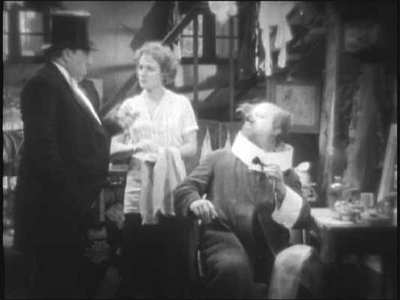
Features
Unless you count getting two versions of the film as an extra feature, there isn’t any. Both English and German versions feature on the disk. The English version isn’t dubbed as I originally thought. Apparently, both English and German versions were filmed simultaneously. The English version is shorter although it is difficult to spot what was cut. However, the German version is superior, if only because it is much easier to read the subtitles than to struggle with the twin problems of poor sound and thick German accents.

Conclusion
In many ways, “The Blue Angel” has worn badly. Sound and image quality is poor, and this is all the more apparent on DVD. Also, the dialogue and imagery, while occasionally powerful, lacks the sophistication that audiences nowadays expect.
That said the film still holds a certain fascination as what must be one of the most brutal portrayals of sexual humiliation and degradation ever captured on celluloid. Dietrich plays her role as the sadistic vamp to perfection and Jannings injects pathos into his degradation. As we see the professor descending into despair and madness we cannot help but be truly shocked by the naked emotion on screen. It is uncomfortable viewing (a man forced into selling seedy pictures of his wife) but it is difficult to look away.
Also, it is worthwhile watching to see Marlene Dietrich smouldering on screen. Imagine the effect those thighs in suspenders must have had on the men of the nation as she straddled a chair and sang, “Falling in Love Again”. The director is reported to have said that “The success of this picture will be found in the naked thighs of Miss Dietrich”. Quite.
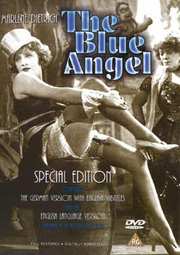
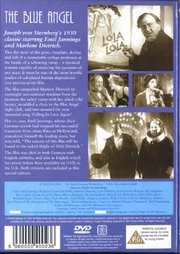



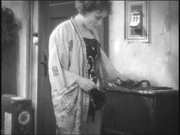
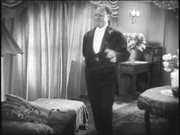

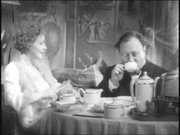
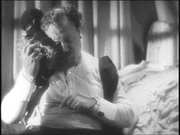
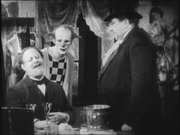
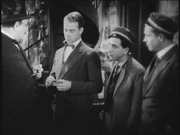
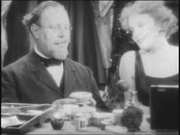
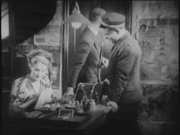
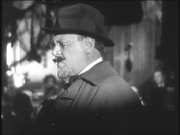
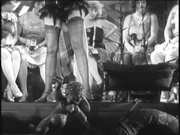
































Your Opinions and Comments
Be the first to post a comment!